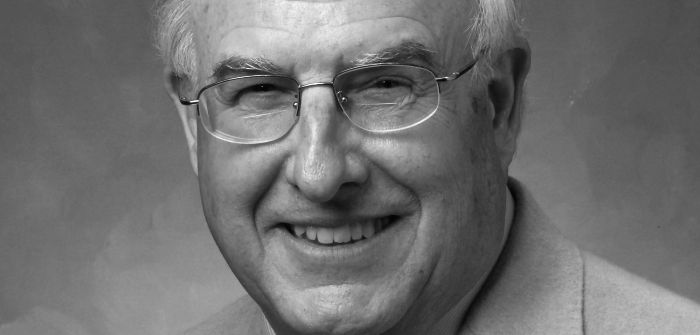In the last of this year’s series of 30th anniversary look-back articles, TTI technical editor Joe Walter recalls his first encounter with the publication and how he wound up being such a consistent part of its identity.
When Tire Technology International (TTI) appeared on the scene 30 years ago, I arrived in Rome as the newly appointed head honcho of Bridgestone’s European Technical Center. The somewhat inconsistent Italian mail system was such that I would occasionally receive issues of the newly launched Tire Technology International Annual Review followed thereafter by the inaugural magazine – all during my five-year tenure as an Akronite living the dream in the Eternal City.
The publications appealed to most of us at the Technical Center; they seemed to fill a void in extant industry literature by covering topics of interest to tire technology and manufacturing personnel. After I returned to the States and settled in as an academic, in 2006 Graham Heeps, then editor of TTI, contacted me out of the blue – apparently as a result of publicity I received while a member of a government committee examining tire rolling efficiency. Toward the end of our discussions, he asked if I would consider writing a column for the magazine. I was somewhat taken aback and hesitantly responded with a ‘yes’ – but advised him that I’d never had a formal course in journalism. His response was clear: No worries, that could be an advantage.
His guidelines were simple: No equations, no tables, no graphs and a 750-word limit – all constraints handicapping my normal style of technical writing. It proved difficult for me to pen brief semi-technical articles. To test the system, my first submittal contained about 1,000 words. Graham quickly excised the first three paragraphs – removing 250 unnecessary words. It appears that the word limit was imposed to restrict my ruminations to one page. In retrospect, thinking as Blaise Pascal might ponder if living today: “I should have written a shorter commentary, but elected not to take the extra time to do so.”
Since then, I’ve had a fortunate run of 18 consecutive years as the tech consultant to TTI – but my limit has been further shrunk to 650 words (for which I, and the art director behind our recent redesign, must take the blame – Ed), meaning a shorter commentary and a more daunting task. The word shrinkage now allows space for a well-placed illustration that provides occasional comic relief alongside my untampered thoughts.
Shortly after Graham’s initial contact, I had the nerve to suggest that a column profiling the contributions of individuals who have made noteworthy achievements in tire technology, manufacturing or rubber science might be interesting to the TTI readership. He responded crisply with one word in very British English: ‘Brilliant.’
Thus, I was given the green light to write what ultimately began a series of 30 biographical sketches under the heading Tire Legends. That title was Graham’s idea, not mine. Anyway, in this series, I had the opportunity to profile some long time but recently departed colleagues such as Hans Pacejka and Alan Gent, as well as longer-gone notables such as Melvin Mooney and Fernley Banbury.
In 2006, the University of Akron held its Tire Mechanics Short Course at Tire Technology Expo in Stuttgart for the first time. It is interesting to note how this marriage came about. My long-time friend Roger Williams had recently written a tidbit in one of his TTI columns noting that the Akron course should be made more widely available. I contacted Roger regarding this matter; then Roger (along with Mark Fenner, TTI’s long-time “chief cook and bottle washer”) made it happen. Consequently, the course has been presented for the past 18 years in conjunction with Tire Technology Expo.
The course presenters were honored with TTI’s Lifetime Achievement Award for Innovation and Excellence in Cologne in 2014. And Tire Technology Expo, now held at Deutsche Messe in Hannover, has emerged over the decades as a must attend conference and exhibition for scientists and engineers in the tire and supplier industries.
Fortunately, I had the opportunity to meet and interact with one of the principals behind TTI’s early events long before I had profiled his many contributions in a Legends profile: Leonard Setright (see Tire Legends, Tire Technology International, July 2013, p48). Leonard served as the inaugural editor of the Annual Review. When Tire Technology International expanded its scope in 1998 to include an edition in quarterly format, he became its featured writer. His long-ago articles are still fascinating to peruse.
During the 1990s, I interacted with Leonard on his journalistic trips to Bridgestone’s European Tech Center during a product launch and when he was a consultant providing a confidential assessment of an OEM’s prototype vehicle at our proving grounds. He seemed like a character straight from Central Casting, smoking his Black Russian using an extended cigarette holder. In retrospect, it seems that I had replaced Leonard as the magazine’s contributor and technical consultant when he unfortunately passed away in 2005.
Many memories here, but congratulations to all who have contributed large and small to the past and ongoing excellence of the Annual Review, Tire Technology Expo and the quarterly magazine.



